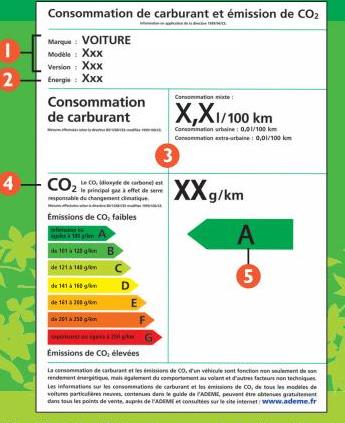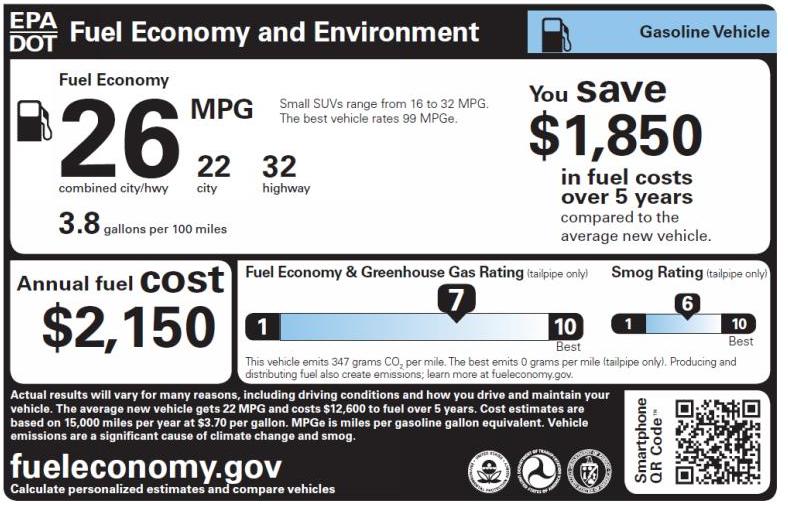Ah, Paris. Ah, France for that matter. I have just returned from a time away exploring Paris and the Luberon – walking,
 Hustle and Bustle of Paris
Hustle and Bustle of Paris
eating, laughing, looking, listening and learning. It was wonderful. So what does that have to do with green living? An awful lot.
On the whole, the French face the same life and environmental questions that we Americans do but they are better informed about the impact their individual decisions make on the environment. This is a result of efficiency and carbon reduction goals that are set by the European Union and mandated by the individual country’s governments. These goals are well advertised, clear, and backed-up by tax code that rewards efficiency and punishes over consumption/excessive emissions. In France, there is no debate that carbon is the principal greenhouse gas responsible for climate change. This is especially apparent in selecting big ticket items such as appliances, cars and places to live.
Here in the US we have lots of labels. Mandated examples are nutritional information on packaged food, Energy Star designation and expected cost of consumption for appliances, and mile per gallon information for cars. The DOE has developed an efficiency measurement tool and results label for homes but there is no mandate and short-sighted industry representatives keep fighting against it.
US labels focus on cost of operations – as my daughter readily points out that is because we are a consumer focused country and cost drives our decision processes. The French labels focus on environmental goals; the expected energy efficiency and carbon output of living spaces and automobiles, providing the consumer with a readily understood, color graphic with pertinent information in bold. The labels are easily understood and remembered, allowing for easy comparisons between options.
In the case of automobiles, the French label provides information about the consumption of fuel and the output of carbon emissions. The label summarizes the general make and model of the car and fuel type info.
 Label from France Showing Graphic Information About Vehicle Emissions and Efficiency to Help Consumers Make Best Choice and See Their Individual Impact on the Environment
Label from France Showing Graphic Information About Vehicle Emissions and Efficiency to Help Consumers Make Best Choice and See Their Individual Impact on the Environment
It also provides city and highway consumption and then summarizes that data into an overall expected average consumption per kilometer. The label then provides a color graphic that grades carbon emissions on a scale of A to G with A shown in green (best) and G (worst) in red and declares that CO2 is the principal greenhouse gas responsible for climate change.
The public is aware of the EU goal of 140g of CO2 per kilometer (That translates to A, B or C on the scale). The public is also very much aware that there is a ‘carbon generator’ tax associated with vehicles emitting more that 206g/km. The label provides a fast, easily recognizable and easily understood way to compare automotive choices against personal needs, environmental impact and economics.
For some time the US has had a city/highway consumption based label on cars. Starting in the 2013 model year, the Department of Transportation and the Environmental Protection Agency have co-developed new consumption focused labels that provide more detailed information for the consumer. There are 10 labels in all for various fuel types – this example shows a gasoline powered vehicle.
In a very staid manner, the label provides the facts: a realistic expectation of overall mpg and a breakdown by city, highway and gallons per 100 miles, annual fuel cost and expected 5 year savings. Then it provides a graphic that rates combined fuel economy and CO2 emissions and another graphic that rates smog on a scale of 1 to 10 with 10 being best. In small type, the label provides expected CO2 emissions in grams per mile. In this case that is 347 grams/mile. The fueleconomy.govwebsite has terrific information for the consumer to use to make comparisons. This can be accessed via the label’s QR code or by typing in the address.
 Required on all 2013 model vehicles
Required on all 2013 model vehicles
This label is much improved over the existing one. It provides the consumer with a means of comparing efficiency between various vehicles. What it lacks is a statement of US goals for consumption and emissions against which to position individual choice. Who cares what the grams per mile are if you have nothing to measure it against. Where the French understand their individual impact against the common goal, the US has yet to develop, let alone mandate, any carbon reduction goals.
Such carbon centric ratings are doable in the US but, where reducing carbon to help stop climate change is readily accepted, understood and government mandated in France, it is barely a topic of interest in the US. While we argue whether there even is climate change, Europe has created a market based means to help consumers choose the best products for their needs using climate impact as a major evaluation tool. It is time for the US to step up and set mandated carbon reduction goals so our labels become more than just nice cost comparisons. They become the key to market differentiation for products that meet or exceed carbon reduction goals and support global climate change efforts.
